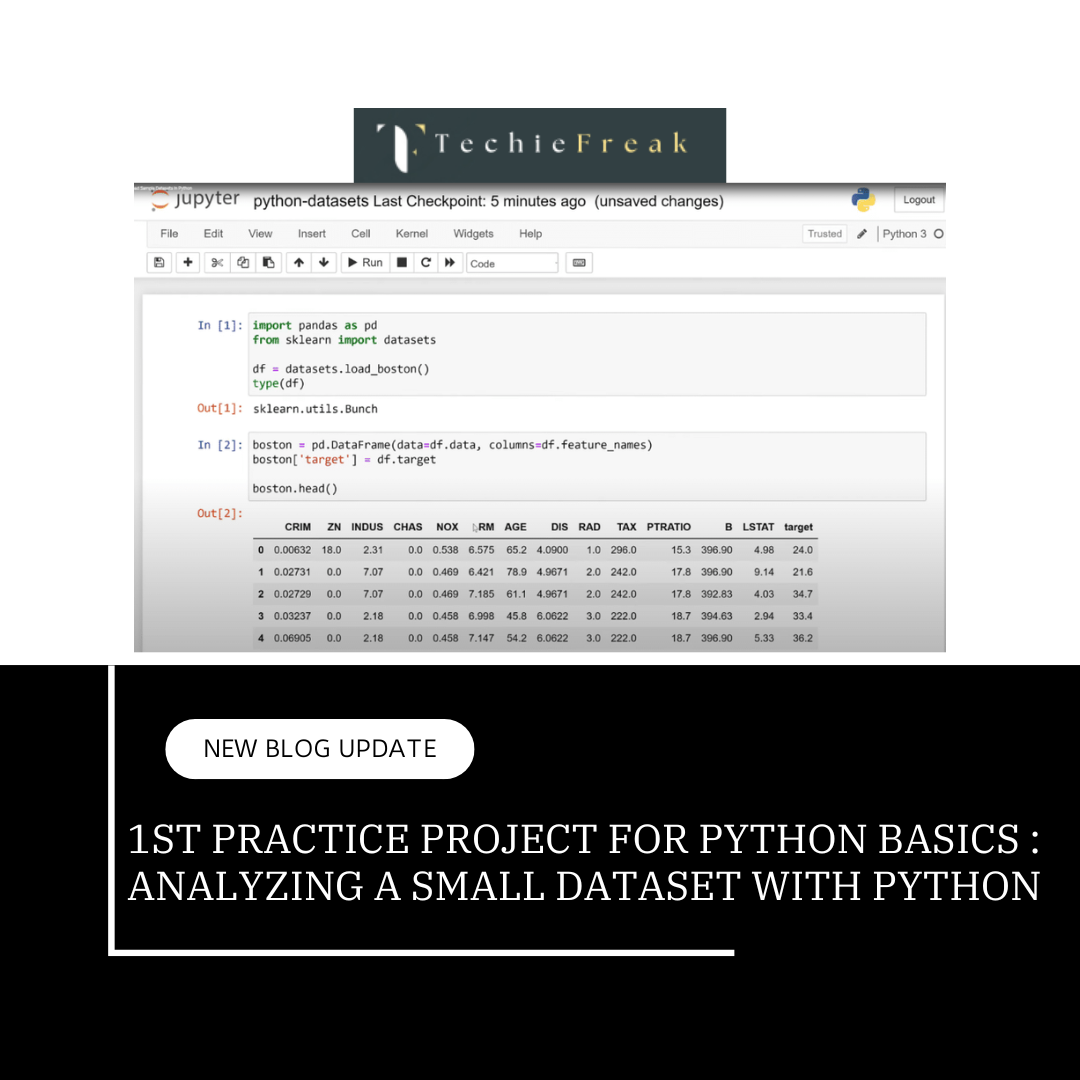Congratulations on taking your first step into Python! Now it’s time to explore the fundamentals that make Python such a powerful tool for Machine Learning. Think of this blog as your beginner’s toolkit, packed with essential concepts to make your Python journey smooth and exciting.
Let’s dive in and uncover the magic behind variables, and their data types
What is a Variable?
A variable is like a label or a jar in which you can store a piece of information. Instead of repeatedly writing the same data in your code, you store it in a variable and use the variable name whenever you need the value.
Key Features of Variables:
- Storage: Variables store information, such as numbers, text, or other data types.
- Naming: Variables have unique names, so you can reference the stored data later.
- Dynamic: In Python, you don’t need to declare the type of data the variable will hold. Python automatically assigns the type based on the value you store.
How to Create a Variable
In Python, creating a variable is simple:
- Choose a name for your variable.
- Use the assignment operator (=) to assign a value to the variable.
Syntax:
variable_name = value
Examples of Variables
Let’s break it down with examples:
# Storing different types of data in variables
name = "Alice" # A string (text)
age = 25 # An integer (whole number)
height = 5.6 # A float (decimal number)
is_student = True # A boolean (True/False value)
Explanation:
- name = "Alice":
- The variable name is created to store the text "Alice".
- This is a string because it contains text enclosed in quotation marks.
- age = 25:
- The variable age is created to store the number 25.
- This is an integer, which means it is a whole number without a decimal.
- height = 5.6:
- The variable height stores the number 5.6.
- This is a float, which represents decimal numbers.
- is_student = True:
- The variable is_student stores the value True.
- This is a boolean, a data type that can only have two values: True or False.
Rules for Naming Variables
When naming variables, follow these rules:
- Names can contain letters, numbers, and underscores (_).
- Example: name, user_1, height_in_meters.
- Example: name, user_1, height_in_meters.
- Names cannot start with a number.
- Valid: my_variable
- Invalid: 1variable
- No spaces or special characters.
- Use underscores instead: user_name (correct), user name (incorrect).
- Use underscores instead: user_name (correct), user name (incorrect).
- Avoid Python reserved keywords.
- For example, don’t name your variable if, for, or print.
- For example, don’t name your variable if, for, or print.
- Variable names are case-sensitive.
- Name, NAME, and name are three different variables.
Using Variables in a Program
Variables are helpful because you can reuse them and perform operations on them.
Example: Basic Program
# Store data in variables
name = "Alice"
age = 25
height = 5.6
is_student = True
# Use variables
print("Name:", name) # Output: Name: Alice
print("Age:", age) # Output: Age: 25
print("Height:", height) # Output: Height: 5.6
print("Is a student:", is_student) # Output: Is a student: True
Why Use Variables?
Imagine you’re writing a program that calculates the area of a rectangle. Instead of hardcoding the length and width every time, you can store them in variables:
length = 10 # Length of the rectangle
width = 5 # Width of the rectangle
# Calculate area
area = length * width
print("The area of the rectangle is:", area)
Common Mistakes to Avoid
Using undeclared variables:
1. print(name) # Error: name is not defined
Always declare a variable before using it.
2. Misspelling variable names:
age = 25
print(gae) # Error: gae is not defined
3. Overwriting built-in functions:
Avoid naming variables after Python’s built-in functions, like print, list, or str.
Understanding Python's Main Data Types
Python is a dynamically typed language, meaning you don’t need to specify the data type of a variable explicitly. Python determines the data type automatically based on the value you assign. Let’s explore the main data types in Python in detail:
1. String (str)
Definition:
A string is a sequence of characters used to represent text. Strings are enclosed in single ('), double ("), or triple quotes (''' or """) and can include letters, numbers, symbols, and even spaces.
Why Strings Are Useful:
Strings are used for storing and manipulating textual data, such as names, messages, and file paths.
Examples:
# Single-line strings
greeting = "Hello, World!" # Double quotes
name = 'Alice' # Single quotes
# Multi-line strings
story = """Once upon a time,
there was a Python programmer."""
print(greeting)
print(story)
String Operations:
Strings come with many operations that allow you to manipulate and analyze text.
Concatenation: Joining two or more strings using +.
first_name = "Alice" last_name = "Johnson" full_name = first_name + " " + last_name print(full_name) # Output: Alice JohnsonRepetition: Repeating strings using *.
laugh = "Ha" * 3 print(laugh) # Output: HaHaHaAccessing Characters: Use indexing and slicing to access parts of a string.
word = "Python" print(word[0]) # Output: P print(word[-1]) # Output: n print(word[0:3]) # Output: Pyt- String Methods:
- .lower(): Converts text to lowercase
- .upper(): Converts text to uppercase
- .strip(): Removes extra spaces from the beginning and end
- .replace(): Replaces parts of the string
2. Integer (int)
Definition:
An integer is a whole number (positive, negative, or zero) without a fractional part.
Why Integers Are Useful:
Integers are used for counting, indexing, or performing calculations that don’t require decimals.
Examples:
age = 25
temperature = -10
count = 0
print(age) # Output: 25
Integer-Specific Operations:
You can perform arithmetic operations like addition, subtraction, multiplication, and division.
a = 10
b = 5
print(a + b) # Output: 15
print(a * b) # Output: 50
print(a // b) # Output: 2 (floor division, no decimals)
3. Float (float)
Definition:
A float is a number with a decimal point or a number in exponential (scientific) notation.
Why Floats Are Useful:
Floats are used for representing precise values, such as measurements, percentages, or calculations involving fractions.
Examples:
pi = 3.14159
temperature = -0.5
exponential = 1.2e3 # 1.2 × 10^3
print(pi) # Output: 3.14159
print(exponential) # Output: 1200.0
Float-Specific Operations:
Floats support all arithmetic operations. Results involving division usually return floats.
a = 7.5
b = 2.5
print(a + b) # Output: 10.0
print(a / b) # Output: 3.0
4. Boolean (bool)
Definition:
A Boolean is a data type that represents one of two values: True or False.
Why Booleans Are Useful:
Booleans are used for decision-making in programs, often combined with comparison and logical operators.
Examples:
is_sunny = True
is_raining = False
print(is_sunny) # Output: True
print(is_raining) # Output: False
Boolean Operations:
Booleans are often used with comparison and logical operators.
Comparison Operators:
Return boolean values based on the comparison:print(5 > 3) # Output: True print(2 == 2) # Output: True print(10 < 5) # Output: FalseLogical Operators:
Combine or modify boolean values:is_raining = False is_sunny = True print(is_raining and is_sunny) # Output: False print(is_raining or is_sunny) # Output: True print(not is_raining) # Output: True
Why Understanding Data Types Is Essential
- Program Accuracy: Ensures you handle data correctly in operations (e.g., no adding text and numbers).
- Debugging Ease: Helps prevent errors by using the correct data types.
- Flexibility: Python allows you to work seamlessly with text, numbers, and logical conditions in your programs.
Quick Exercise for Practice:
- Define a variable for each data type (str, int, float, bool).
- Write a program that:
- Asks the user for their name (str), age (int), and GPA (float).
- Prints a message using all the values.
Add a condition that checks if the user’s GPA is greater than 3.0 and prints "Good job!" if true.
name = input("Enter your name: ") # str
age = int(input("Enter your age: ")) # int
gpa = float(input("Enter your GPA: ")) # float
print(f"Hello, {name}! You are {age} years old and your GPA is {gpa}.")
if gpa > 3.0:
print("Good job!")
By mastering these data types, you’ll have a strong foundation to build more complex Python programs!
Input and Output in Python
What is Input and Output?
- Input: How you collect information from the user.
- Output: How your program communicates results back to the user.
Example for Output:
print("Welcome to Python!") This displays text Welcome to Python! on the screen.
Example for Input:
name = input("What is your name? ")
print("Hello, " + name + "!")- input() : This function pauses the program and waits for the user to type something ( eg Rahul ) and stores in variable name.
- In the print function, we are using + operator to concatenate string "Hello, ", name and "!" and finally it prints Hello, Rahul !
Fun Experiment:
Write a program that asks for two numbers, adds them, and shows the result:
num1 = int(input("Enter the first number: ")) # Convert input to integer
num2 = int(input("Enter the second number: "))
print("The sum is:", num1 + num2)
Next Blog : Python Operators
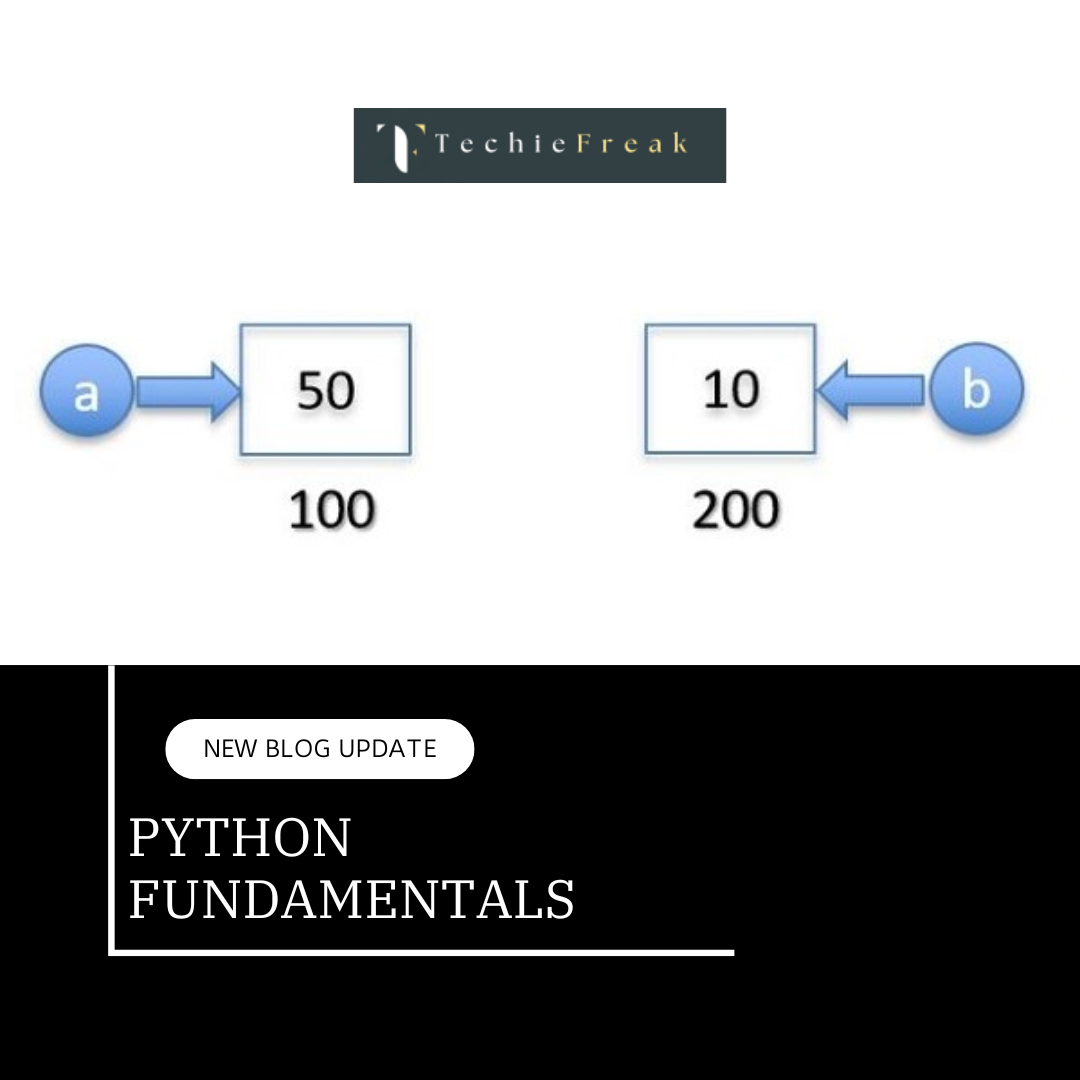
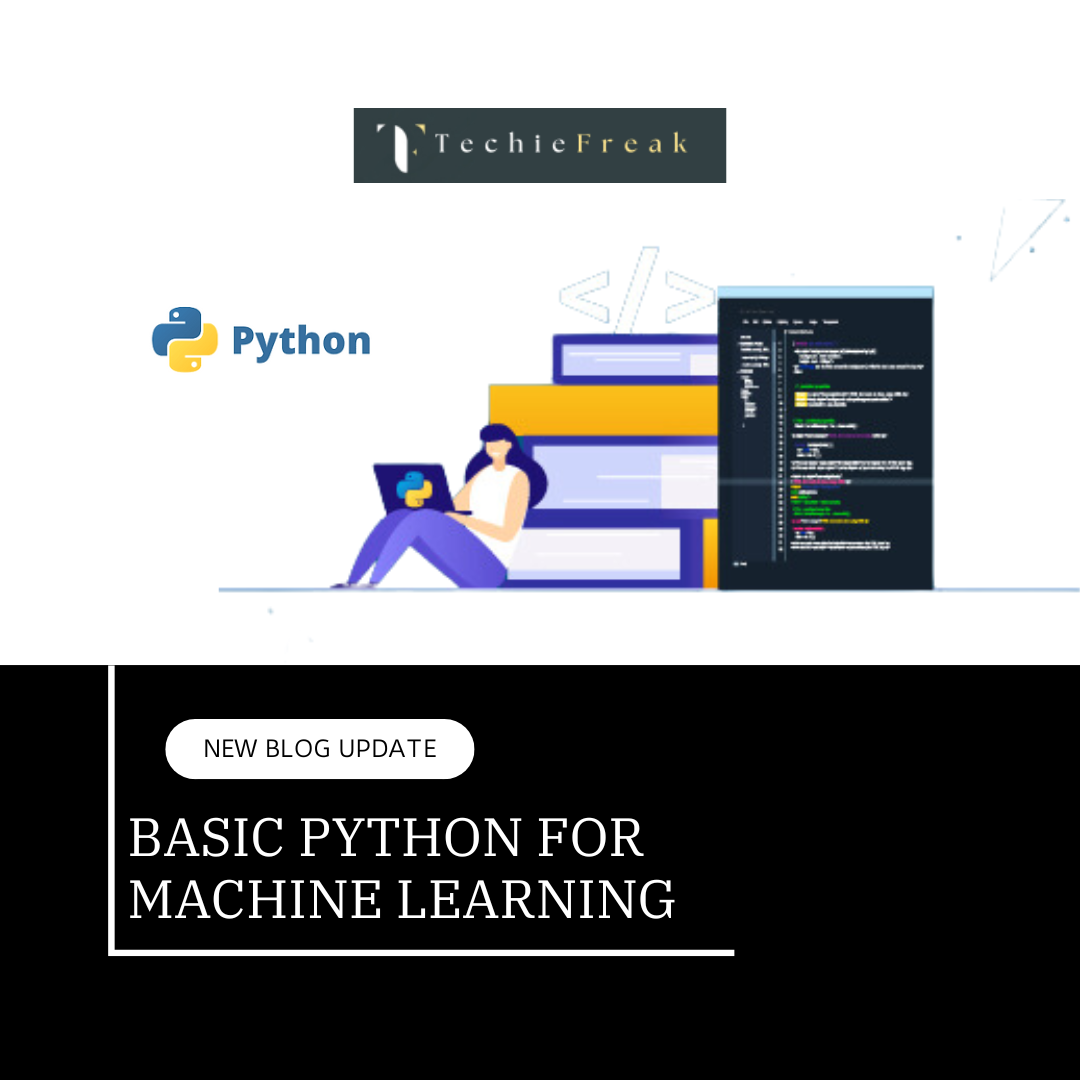
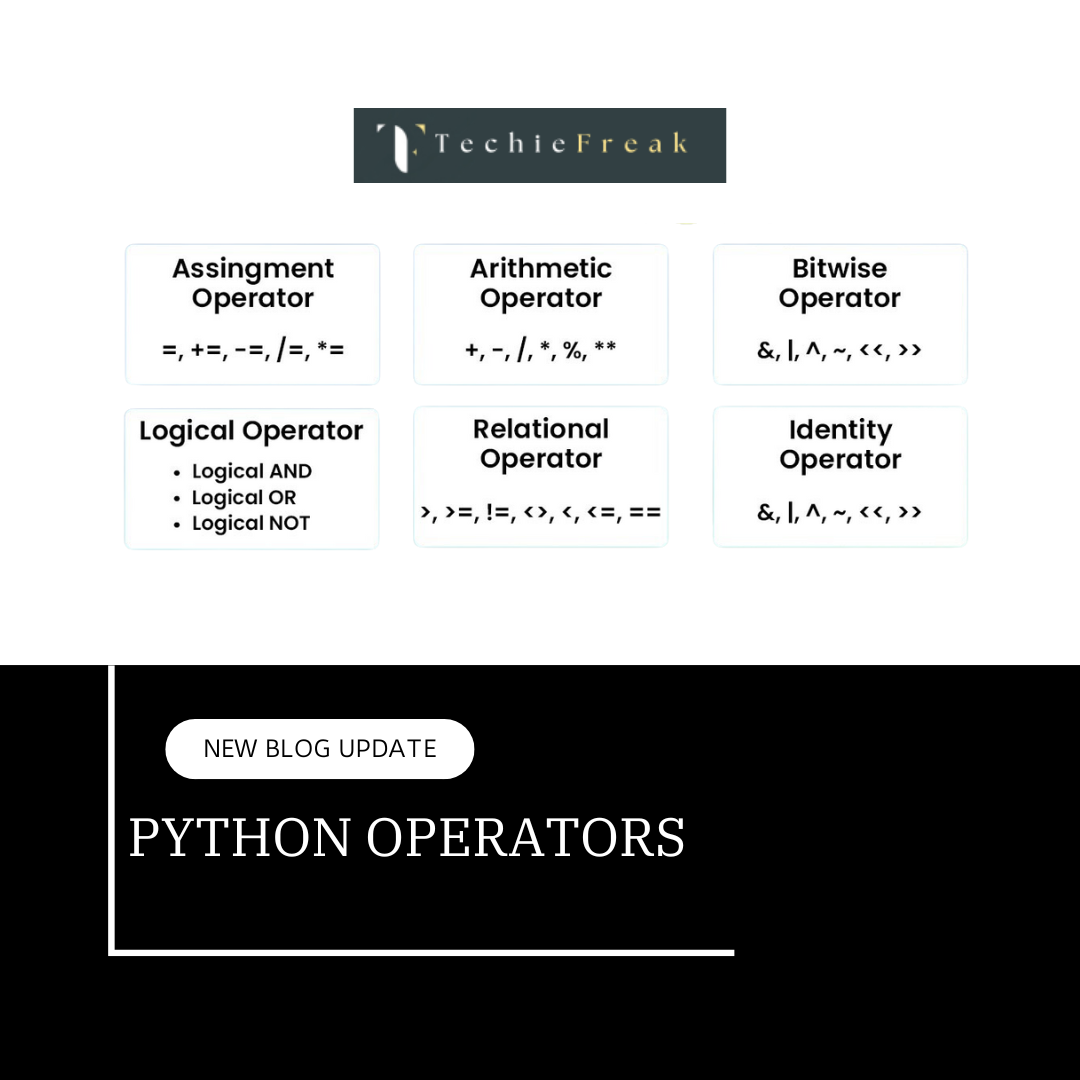
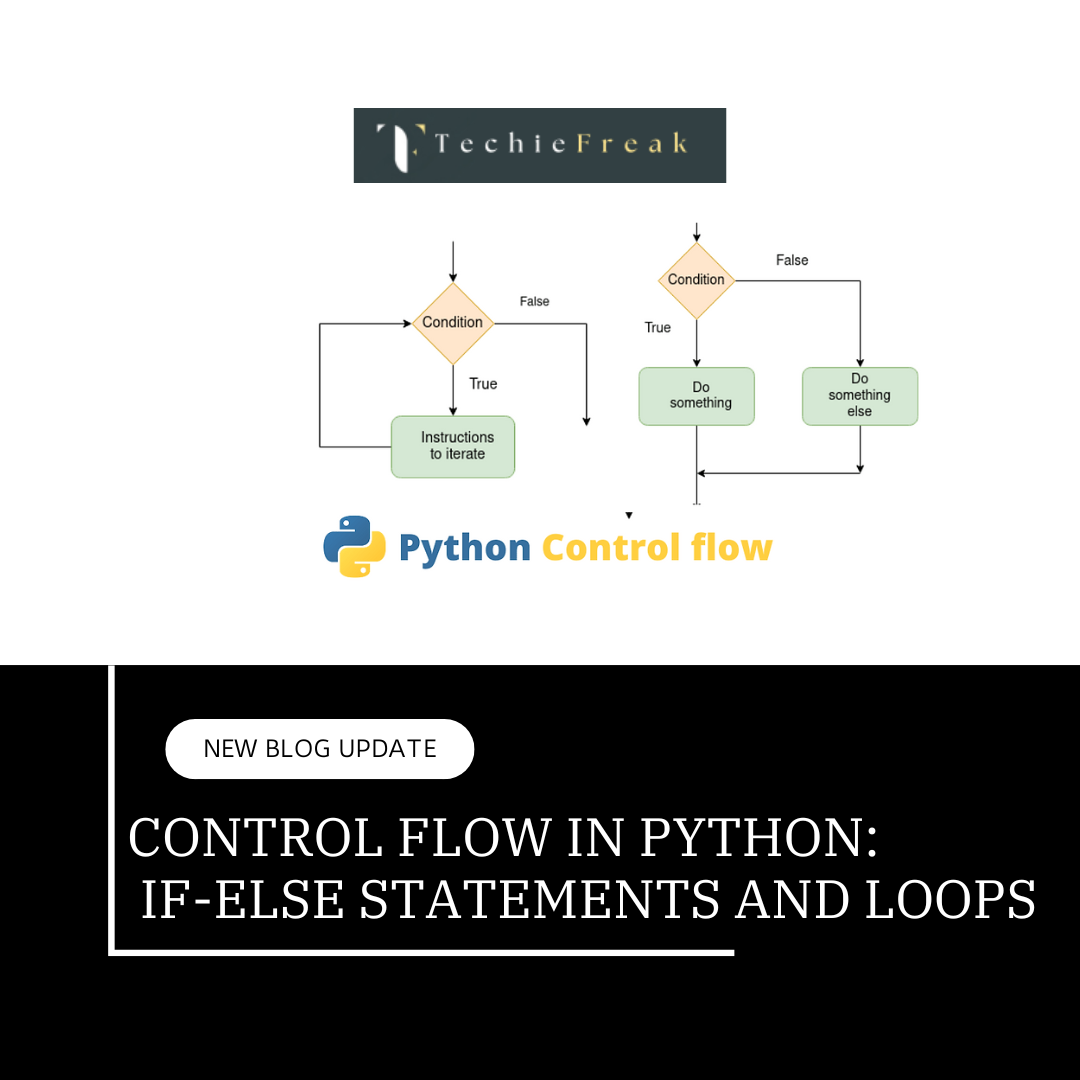
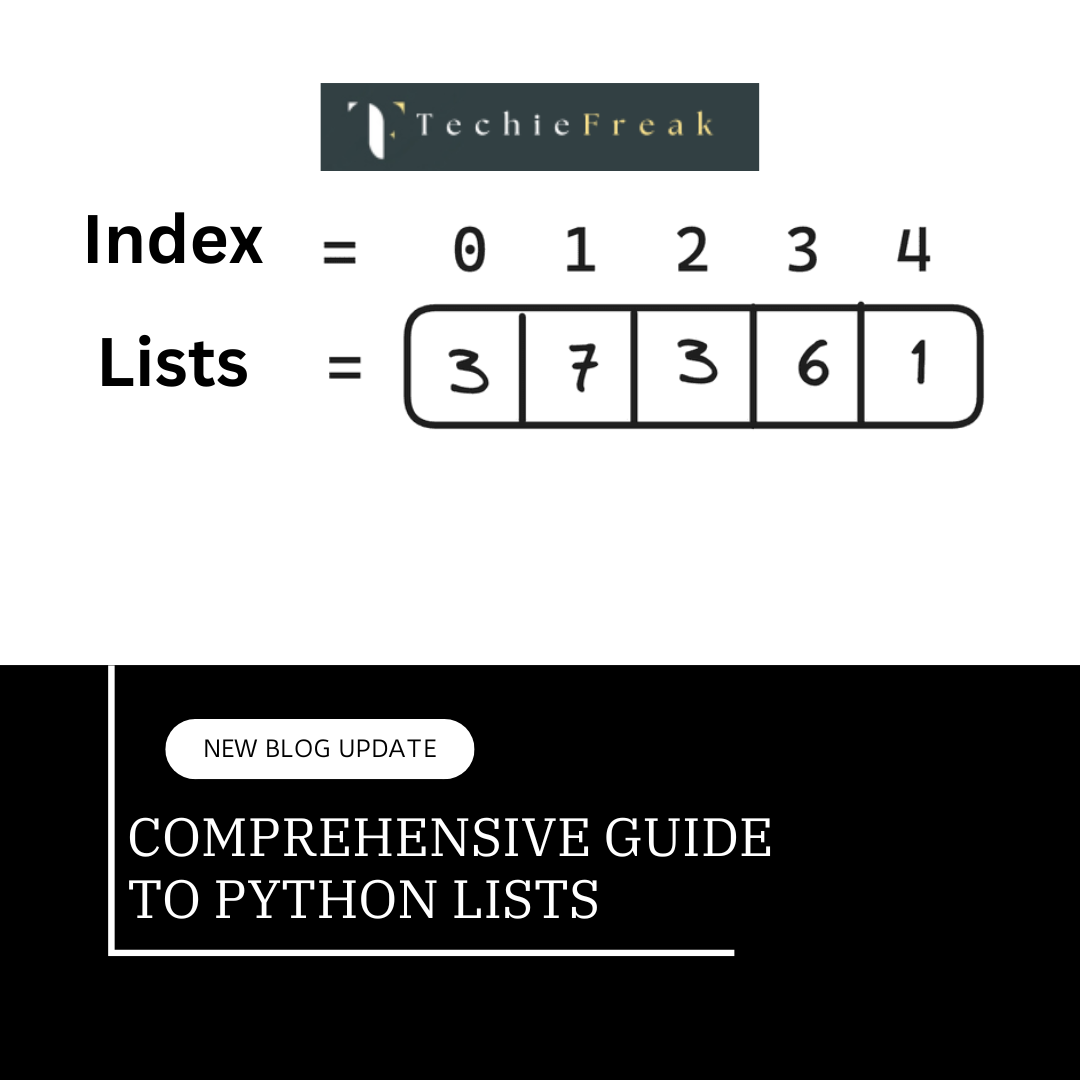
.png)


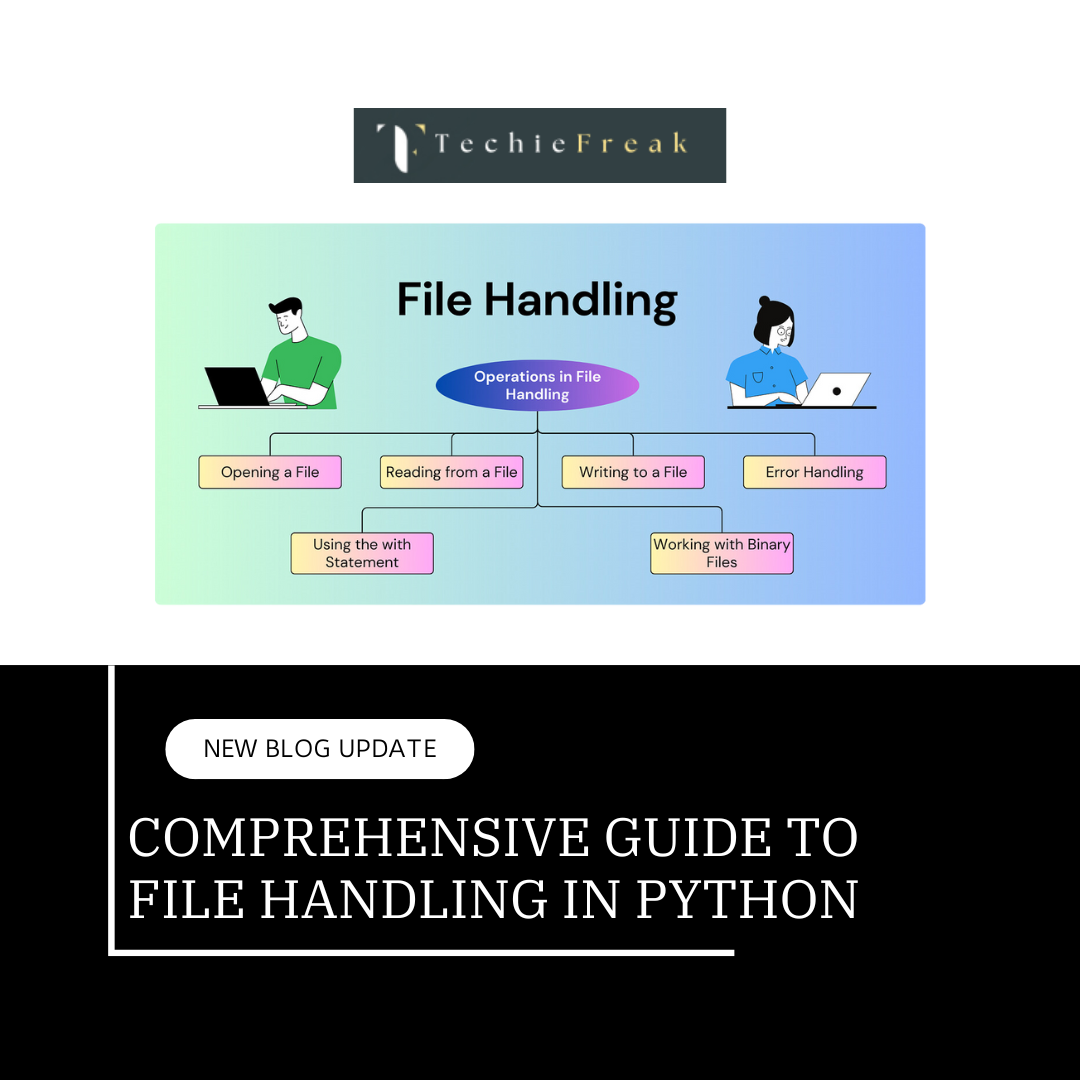





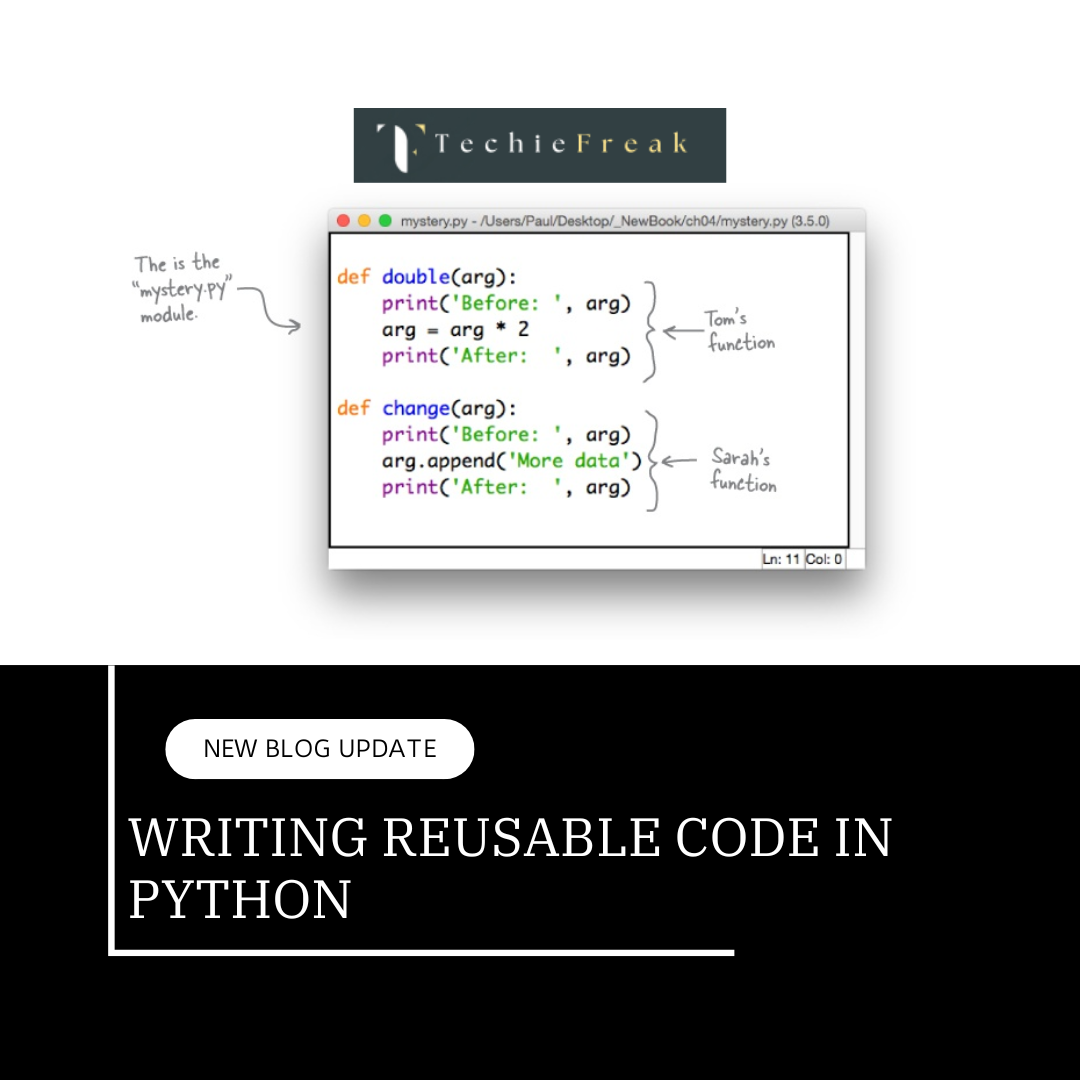
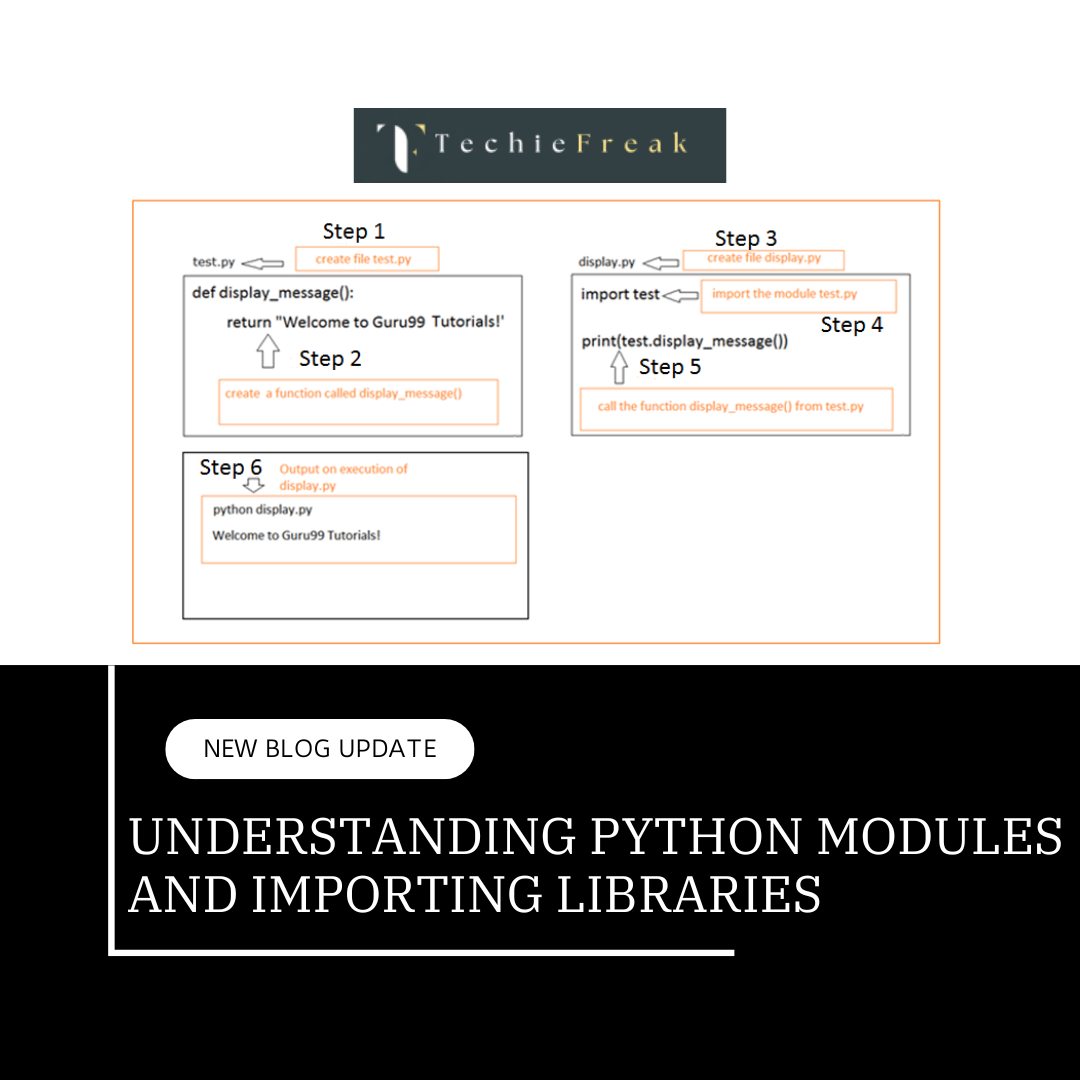
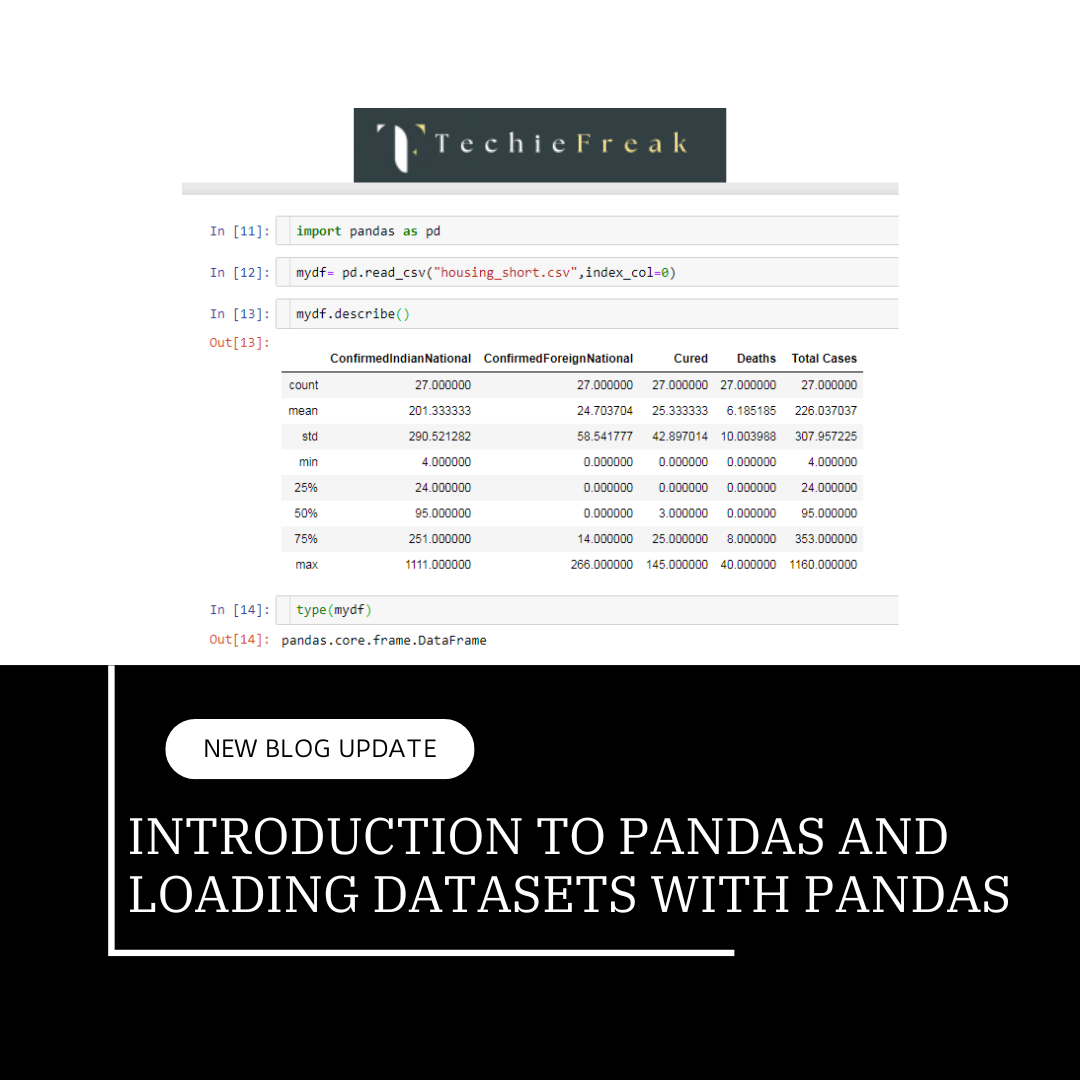
.png)

.png)

